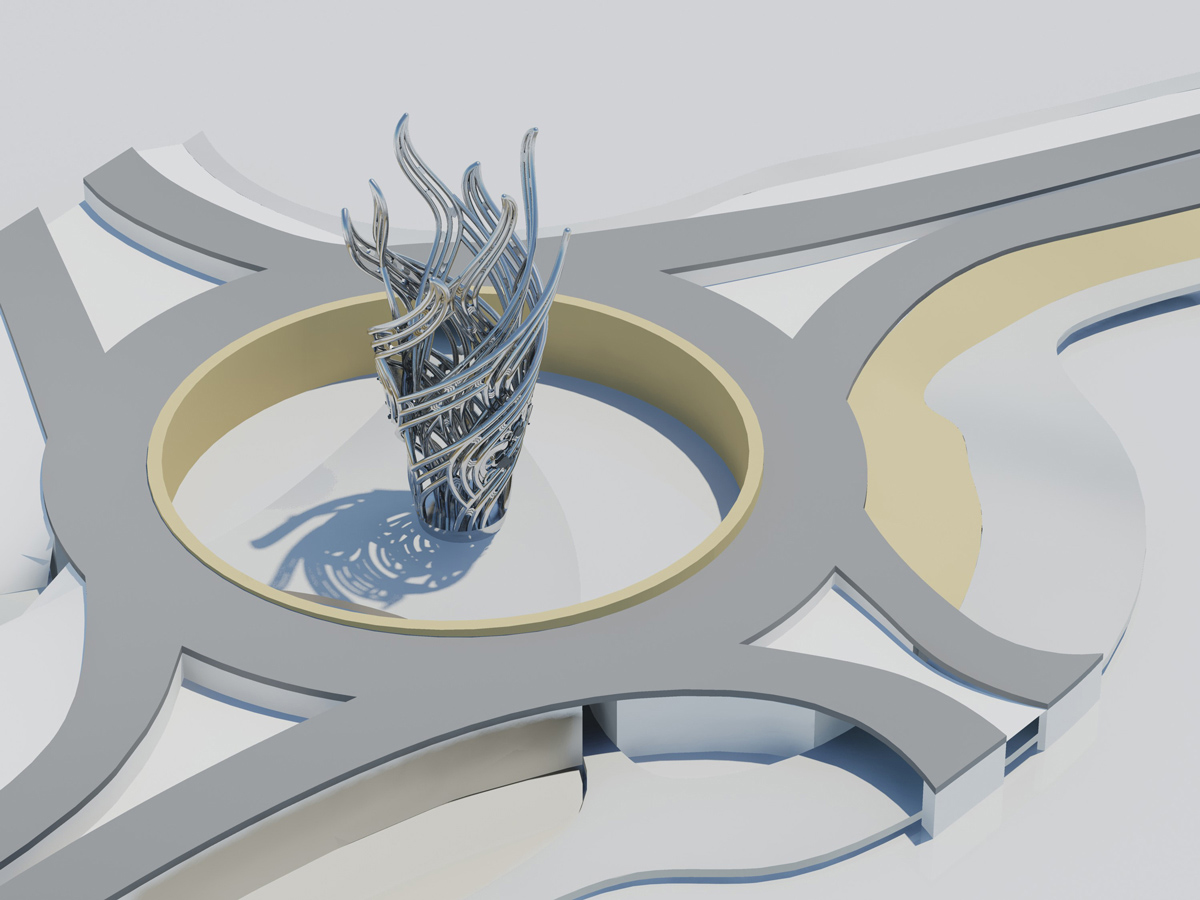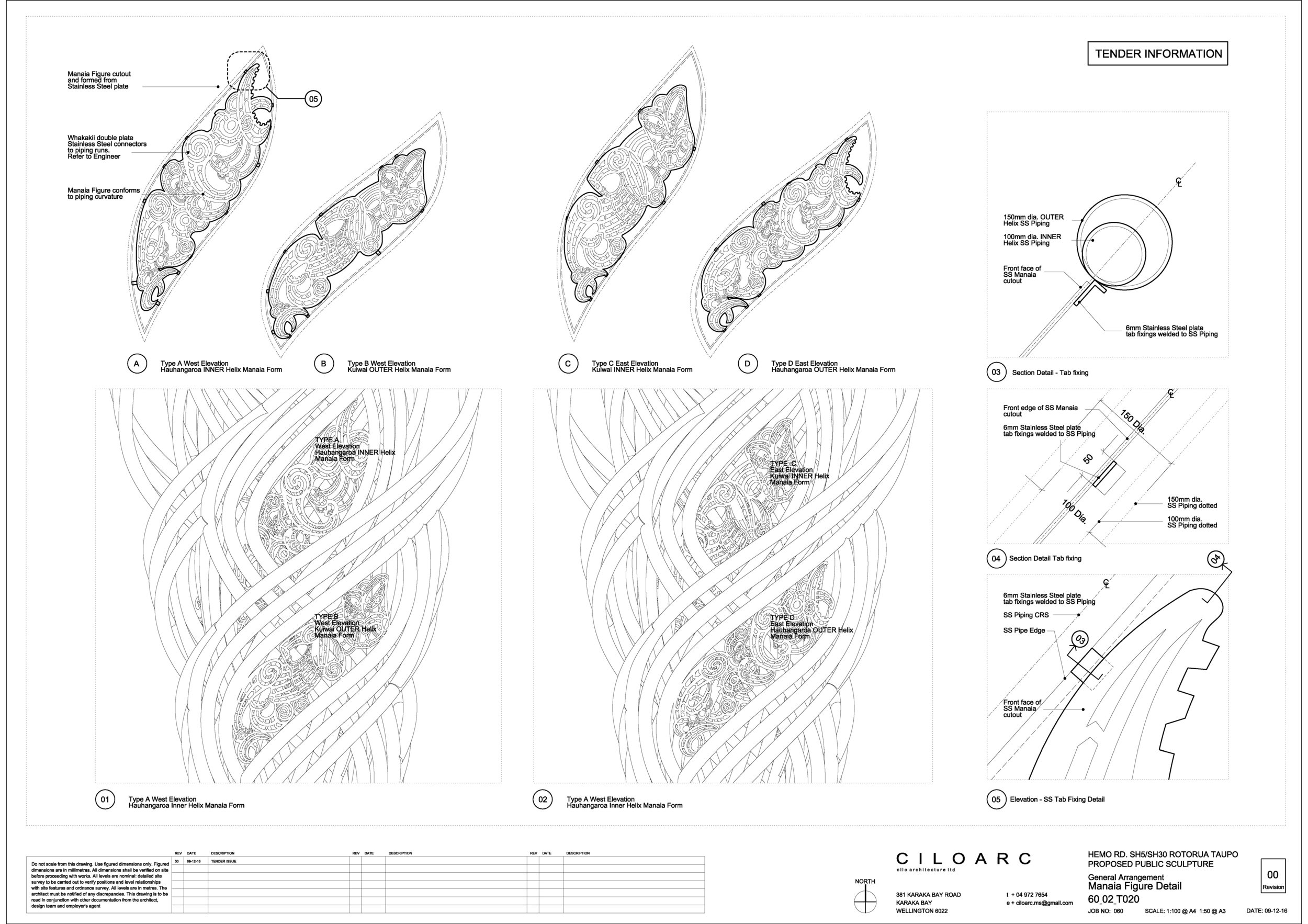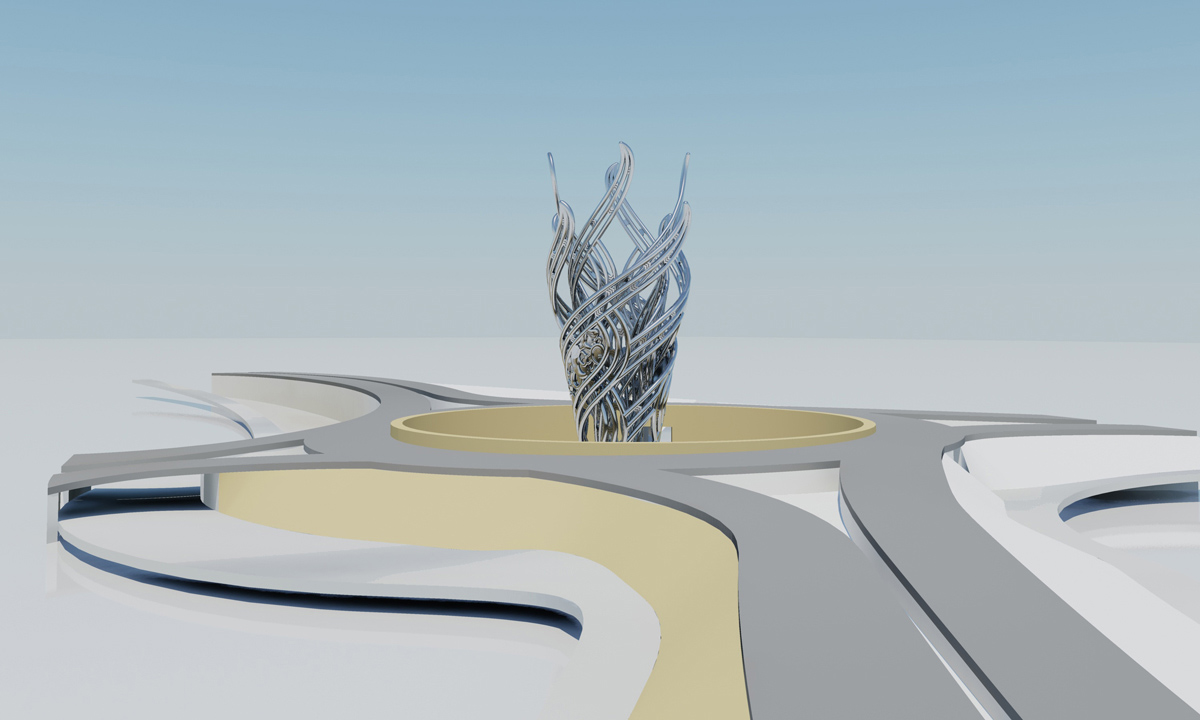INDIGENOUS TECHNOLOGIES
New Zealand Indigenous Technologies Partnership opens the way for new types of ‘design-to-production’ collaborations to become a vehicle for design-led innovation in high value manufacturing. Strong partnerships with Māori in the use of digital technologies will give rise to design outputs that have a unique sense of cultural value, with a more continuous dialogue between indigenous creators, cultural ideas and industry fabrication partners. Iwi initiated and led research and production hubs have the potential to offer both local and broader economic livelihoods.
Historically, Western industrial modes of production including molds, casts and stamps through factory mass production have never been well aligned with Māori understandings of crafts, production methods and cultural expressions of Taiao Māori (the Māori natural world). These production modes can instead be seen to have created distance between design concept and subsequent production with the final product generally produced within urban factory and assembly contexts. Digital tools however, associated parametric tools and rapid prototyping potentially allow the opposite; an opportunity for better engagement in the process with direct hands-on creation through production of digital files produced, tested and assessed inexpensively through a locally administered process. The main premise of this platform is to propose that key partnerships between industry - both large and small and Māori hold massive potential for high value manufacturing; they can allow (cultural) place, locale and region to influence the expression and relevance of design both locally and abroad. Complex geometric curvilinearity and patterns specific to Māori material culture and the Arts are less likely to be suppressed by outdated industrial processes and hierarchical material relationships. While technologies partnering is becoming more commonplace, this shift is not without tensions and implications at the cultural, behavioural and social levels. While it is important that Māori are part of this next revolution as active players, issues surrounding the harvesting and use of data and file sovereignty are issues we now contend with due to the volatility and potential for variability that the digital file inherently gives rise to.
HEMO ROAD SCULPTURE
The use of digital tools for advanced geometry and digital design by Māori has over the past 10 years become increasingly common place, extending beyond traditional GLAM sectors to areas that have never before been considered. ‘Te Ahi Tīpua’ is an inter-collaborative project between Stacy Gordine (designer) of the New Zealand Māori Arts and Crafts Institute, Derek Kawiti and Kilwell Industries Ltd.
It exemplifies how advances in the field of computational and digital design alongside Computer Numerically Controlled (CNC) fabrication tools make it possible for formerly latent (indigenous curvilinearity) organic geometry to be realised, giving rise to design complexity never before produced. It puts into play an interdisciplinary team that forms a convergence between conceptual and traditional thinking that utilises parametric digital design, additive manufacturing and carbon fibre expertise.
Collaborators: Stacy Gordine, Nick Dallimore, New Zealand Maori Arts and Crafts Institute, Te Puia, Rotorua, Eraia Kiel, Tim Cossar, Karl Johnstone, Derek Kawiti, Kilwell Fibre & Tube, Craig Wilson, Will London, Katherine Campbell-Hunt.






